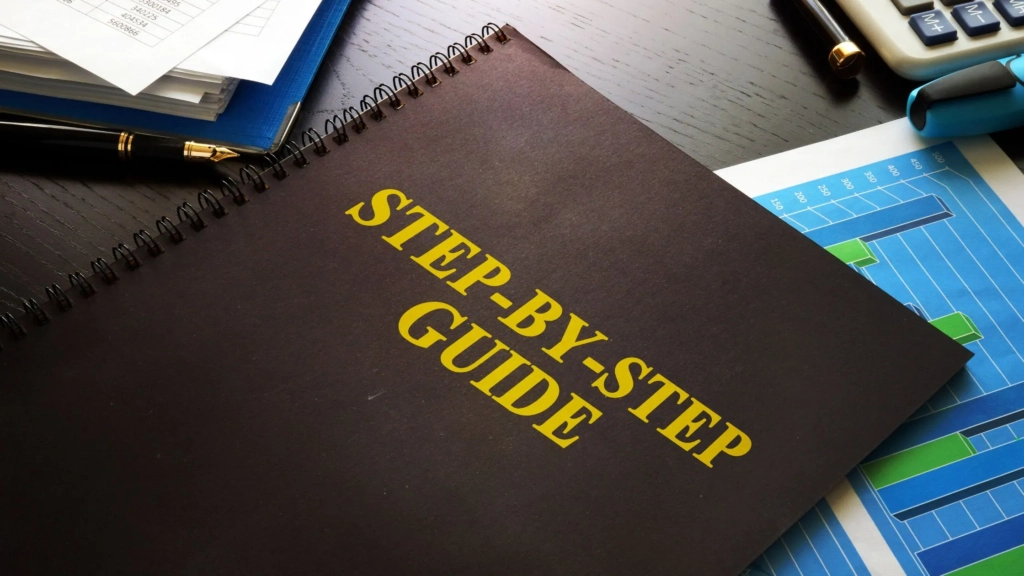In the digital age, e-books have become a powerful medium for sharing knowledge, telling stories, and establishing authority in various fields. Whether you’re an aspiring author, a content creator, or a business owner looking to create valuable resources, writing an e-book can be a rewarding endeavor. In this comprehensive guide, we’ll take you through the step-by-step process of writing an e-book that engages your readers and delivers value. So, if you’ve ever dreamt of becoming an e-book author, let’s turn that dream into a reality!
Choose Your Topic
The first and most crucial step in writing an e-book is to select the right topic. Consider your audience’s needs, your expertise, and the trends in your niche. What knowledge or story can you share that will resonate with your readers? Your chosen topic should be relevant, interesting, and something you’re passionate about.
Research and Planning
Once you’ve decided on a topic, it’s time to dive into research. Gather information, statistics, and case studies that will support your e-book’s content. Create an outline with a clear structure, including chapters or sections, and a rough idea of what each one will cover. This roadmap will serve as your guide throughout the writing process.
Set Clear Goals
Define your goals for the e-book. Are you creating it to build your email list, establish yourself as an authority, or generate revenue? Knowing your goals will help you tailor your e-book’s content, format, and marketing strategy accordingly.
Writing Your E-Book
The Writing Process
Now, let’s get into the nitty-gritty of writing your e-book. Here are some key tips for the writing process:
Start with a hook: Begin your e-book with a captivating introduction that grabs the reader’s attention and gives them a reason to continue.
Keep it organized: Stick to your outline and maintain a logical flow of ideas. Use subheadings, bullet points, and numbered lists to make your content easy to skim.
Maintain a consistent tone: Whether it’s formal, conversational, or somewhere in between, maintain a consistent tone throughout your e-book.
Edit and proofread: After completing your first draft, take a break, then return to edit and proofread your work. Consider hiring a professional editor if possible.
Incorporate visuals: Depending on your topic, visuals such as images, charts, or infographics can enhance your e-book’s appeal.
Formatting and Design
The way your e-book looks is as important as its content. Here’s how to make it visually appealing:
Choose the right file format: For e-books, PDF is a common format. Ensure your e-book is optimized for various devices and screen sizes.
Select readable fonts: Use clean, easily readable fonts, and consider the use of headings, subheadings, and bullet points to improve readability.
Add visuals: Use visuals sparingly and make sure they enhance the content rather than distract from it.
Test on different devices: Ensure your e-book looks good on various devices, including smartphones, tablets, and e-readers.
Cover Design
Your e-book cover is the first thing readers will see, so it needs to make a strong first impression. Consider hiring a professional designer to create an eye-catching cover that conveys the essence of your e-book.
Proofreading and Editing
Don’t underestimate the importance of proofreading and editing. Mistakes and typos can detract from your credibility. Carefully review your e-book for grammar, punctuation, and spelling errors. Consider getting feedback from others before finalizing your work.
Formatting for Publication
Before publishing your e-book, format it properly. This step is crucial to ensure that it displays correctly on various devices. If you’re not comfortable with formatting, you can hire a professional or use specialized e-book formatting software.
Publishing Your E-Book
Self-Publishing Options
Now that your e-book is ready, it’s time to publish. There are several self-publishing options available, such as:
Amazon Kindle Direct Publishing (KDP): Publish your e-book on Amazon’s platform, reaching a vast audience.
Smashwords: Distribute your e-book to multiple online retailers, including Apple iBooks, Barnes & Noble, and more.
Draft2Digital: A user-friendly platform for publishing and distributing e-books.
Your Website: If you have an established online presence, consider selling your e-book directly through your website.
Marketing Your E-Book
Writing and publishing your e-book is only half the battle. To reach your audience, you need an effective marketing strategy. Here are some tips:
Build a Landing Page: Create a dedicated landing page on your website to promote your e-book.
Leverage Social Media: Use your social media platforms to generate buzz and promote your e-book.
Email Marketing: Send out email campaigns to your subscribers, offering them exclusive deals and content related to your e-book.
Guest Blogging: Write guest posts on relevant blogs and include links to your e-book.
Reviews and Testimonials: Encourage readers to leave reviews and testimonials, which can boost your e-book’s credibility.
Monitor and Adapt
After your e-book is published, monitor its performance. Pay attention to sales, reader feedback, and reviews. Use this information to adapt your marketing strategy and, if necessary, update your e-book with revised editions to keep it fresh and appealing.
Celebrate Your Success
Writing and publishing an e-book is a significant achievement. Celebrate your success, and use the experience to inspire and guide you in future writing projects.
writing an e-book is an exciting endeavor that allows you to share your knowledge, stories, and expertise with a global audience. By following this step-by-step guide, you’ll be well-prepared to embark on your e-book writing journey, from choosing the right topic to effectively marketing your masterpiece. So, grab your writing tools, start typing, and watch your e-book come to life! Happy writing!

